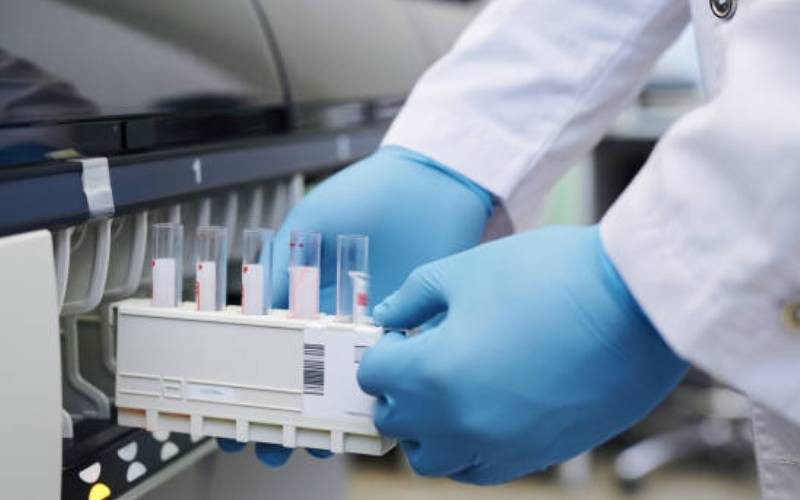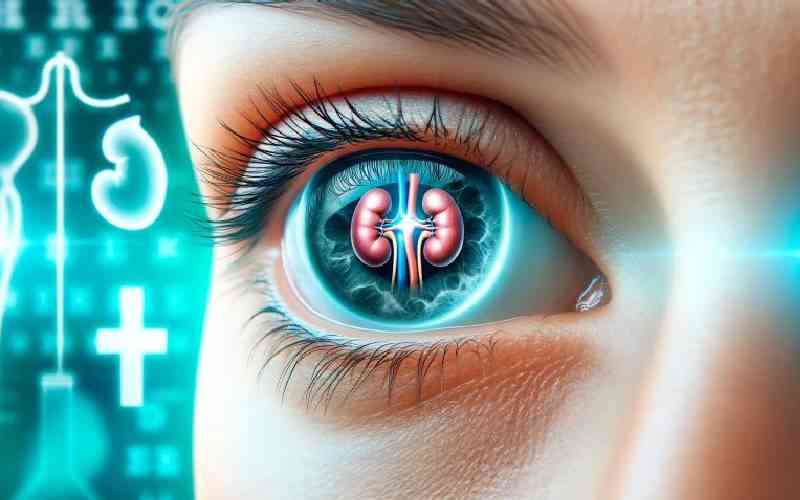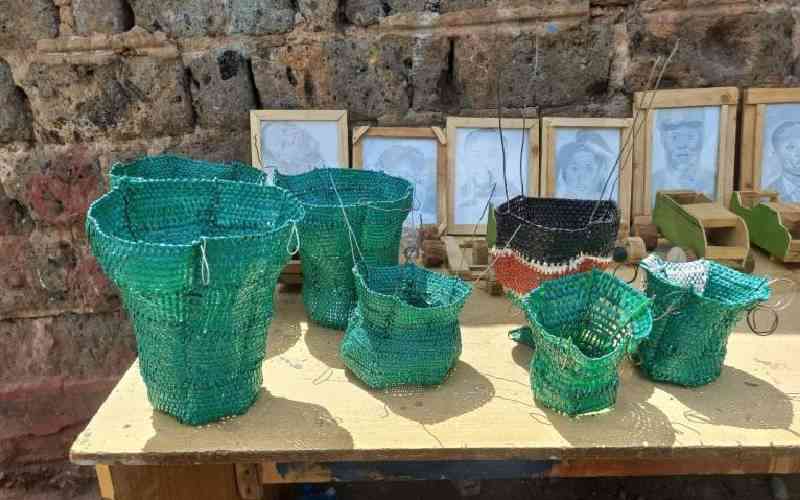
It takes 12 bees each making a 1/12ths to make a teaspoon of honey-which is better than sweeteners including sugar. [Courtesy]
News that honey mixed with garlic, ginger and lemon not only boost one’s immune system, but was also effective against common cold, Flu and dry coughs, saw surging demand for honey-which is also a great antioxidant which ensures a smooth moisturized, healthy skin
But demand also saw unscrupulous sellers peddling a mixture of molasses (sukari nguru) camouflaged as genuine honey. How does one tell fake honey?
Well, Easter K’Ojwang’ of Eastnat Foods explains that it takes 12 bees each making a 1/12ths to make a teaspoon of honey-which is better than sweeteners including sugar:
While misinformation also contributes to people buying substandard honey, here is how to tell fake from genuine honey.
1. The flame test: It is used to determine the moisture content of honey. If the moisture content is above 21 percent, the honey is either not mature or has added water hence a matchstick won’t light when dipped in the honey. A recractometor can be used to test for percentage of moisture too.
2. Melting point: All raw honey crystallizes, but melts at temperatures between 36-40 degrees. Sugar crystals require a higher temperature to melt.
3. Continuous drip: When pouring honey off a jar/spoon, the flow should be continuous and not break severally like other liquids.
4. Solubility test: When you place a tablespoon of honey in a glass full of cold water, the honey will sit at the bottom of the glass and will not dissolve unless stirred.
K’Ojwang’ says authentic honey has distinct colour, taste, viscosity and texture depending on the flowers that bees get nectar from. Nectar from different plants will definitely exhibit distinct taste and colour due to the difference in levels of minerals, anti-oxidants and other trace elements that may be present. Such physical and chemical characteristics are carried into the honeys.
But despite the existence of several varieties of honey, crystallization is the most misunderstood aspect about natural honey. “Most companies refine honey, which involves subjecting honey to heat followed by ultrafiltration. The result is very clean looking honey that stays in liquid form for several months or years. The downside is that heat destroys honey,” she observes.
It dentures the enzymes present in the honey, kills the vitamins and minerals and after filtration, the beneficial traces of propolis and pollen are all removed and “all you are left with is sucrose and fructose, maltose and glucose” explains K’Ojwang’ adding that raw honey (which has not been heated or filtered) crystallizes naturally and spontaneously even though some varieties are more resistant to crystallization than others.
As such, some would take a few days to crystallize while others, like Eucalyptus honey would take several months. Raw honey is whole honey as it contains all the goodness of Mother Nature and it’s the best to consume whether crystallized or not.
 The Standard Group Plc is a multi-media organization with investments in media platforms spanning newspaper print
operations, television, radio broadcasting, digital and online services. The Standard Group is recognized as a
leading multi-media house in Kenya with a key influence in matters of national and international interest.
The Standard Group Plc is a multi-media organization with investments in media platforms spanning newspaper print
operations, television, radio broadcasting, digital and online services. The Standard Group is recognized as a
leading multi-media house in Kenya with a key influence in matters of national and international interest.











